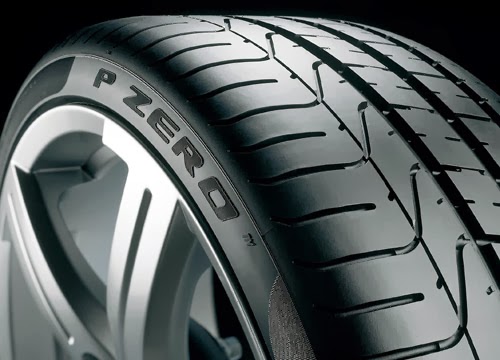 Choosing the right tires for your car and environment is one of the most important choices you can make when it comes to the drivability of your vehicle, as well as the safety of you and your passengers. Yet with so many options on the market and so many potential variables due to environment and terrain, how do you choose which ones set of tires is perfect for you and your needs? In addition, once you have chosen he correct tires, is it as simple as replacing them and then continuing on your way? Below you will find a handy little guide that will make this daunting task just a bit easier, leading to a better ride and peace of mind.
Choosing the right tires for your car and environment is one of the most important choices you can make when it comes to the drivability of your vehicle, as well as the safety of you and your passengers. Yet with so many options on the market and so many potential variables due to environment and terrain, how do you choose which ones set of tires is perfect for you and your needs? In addition, once you have chosen he correct tires, is it as simple as replacing them and then continuing on your way? Below you will find a handy little guide that will make this daunting task just a bit easier, leading to a better ride and peace of mind.
First, take into account your environment and the conditions in which you are most likely to drive your vehicle. Harsher conditions will lead to your tires deteriorating faster, which means that you should replace them more often. A person living in Hawaii is not going to need the same tires as a driver in Alaska, so understand that there is no “one size fits all” set of tires available. Moreover, it has never been more true than you get what you pay for when it comes to tire. The higher the quality of tire you invest in, the longer they will last and perform to the highest standard, which makes them a much better value over their lower brand and cheaper counterparts.
However, replacing a tire is not as easy as simply buying a new one and asking your mechanic to put it on. It is always best to change all four tires at the same time, as the vehicle will function its best when it is working with the same equipment on all four corners. Understandably, buying four new tires is not always an option, and as such, it is important to choose a new tire that is almost identical to the wheels currently on your vehicle, as high quality as you can afford.
Once you have chosen the correct tire, do not assume that it needs to go on the part of the vehicle exactly where the previously malfunctioning tire was. If you are changing just one tire that is appropriate, yet when you are changing two tires, they will need to be rotated. For example, if two tires on the driver’s side are being replaced, the new tires should not go on that side. Instead, the two new tires should be placed on the rear of the vehicle, while the two older tires should be on the front.
It is my hope that these tips will help you out when it comes to answering the most common questions about buying the best tires for your vehicle.
If you get stuck trying to remove the wheels during this process, you may need to purchase or rent an impact wrench for changing tires.
Related Article: Reasons Why Your Steering Wheel Can Shake

